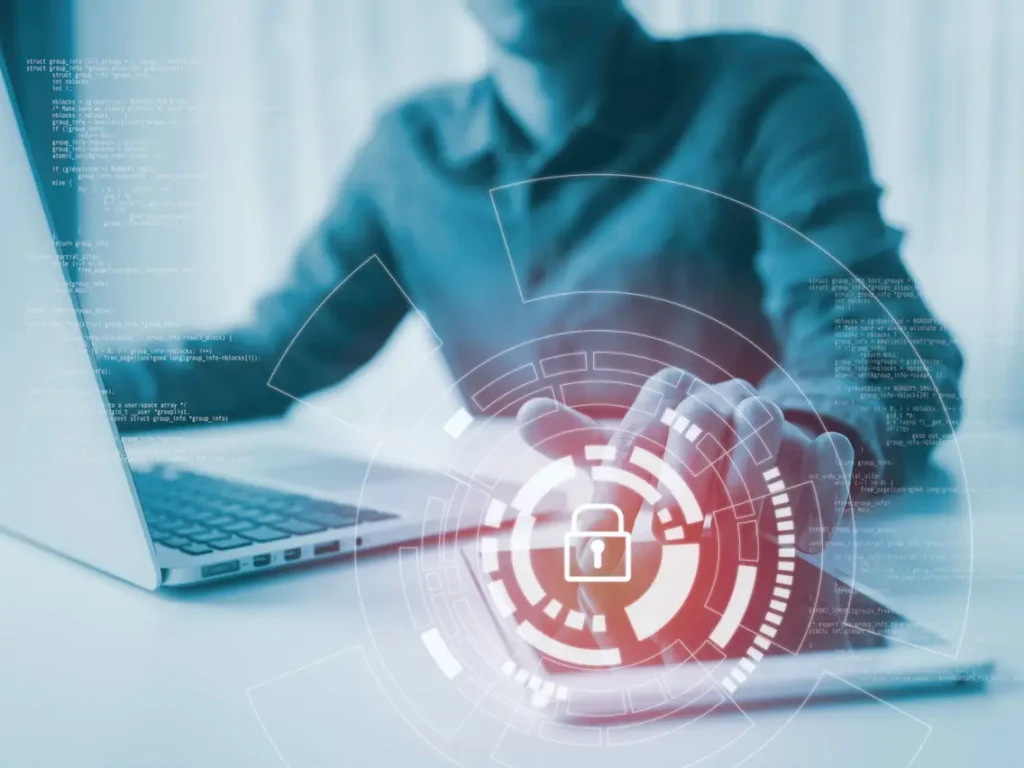Privacy and security are crucial to online communication. End-to-end encryption (E2EE) is widely used to protect sensitive information from being accessed by parties. Privatenoter, a web-based platform, uses E2EE. Despite offering strong security, E2EE has its limitations.
1. Dependency on user responsibility
The primary limitation of end-to-end encryption in Privatenoter is its reliance on user responsibility. While E2EE ensures the intended recipient decrypts and reads the message, it does not prevent users from accidentally sharing sensitive information with the wrong person. The encryption protects the message’s contents if a user sends a private note to a recipient. Therefore, users must be cautious and double-check the recipient’s identity before sending sensitive information through Privatenoter.
2. Vulnerability to human error
A potential limitation of end-to-end encryption in Privatenoter is its susceptibility to human error. E2EE relies on properly managing encryption keys by both the sender and the recipient. If either party loses or compromises their encryption key, the security of the communication is jeopardized. Additionally, if a user chooses a weak password or fails to enable two-factor authentication, their account becomes vulnerable to unauthorized access. Human error is the effectiveness of end-to-end encryption, emphasizing the importance of user education and adherence to best practices.
3. Limited protection against malware
While end-to-end encryption provides robust security for data in transit, it does not offer complete protection against malware or other cyber threats. If a user’s device is infected with malware, it could compromise the encryption keys and gain access to the decrypted data. Privatenoter’s end-to-end encryption prevents malware from infiltrating a user’s device and exploiting vulnerabilities. Therefore, users must maintain up-to-date antivirus software and follow safe browsing practices to minimize the risk of malware infections.
4. Dependency on privatenoter’s infrastructure
Check privatenoter.com for info about private noteWhat is a private note?Privatenoter’s end-to-end encryption relies on the security and integrity of the platform’s infrastructure. While E2EE the content of the messages is protected, it does not guarantee the security of the servers or the network on which Privatenoter operates. If Privatenoter’s servers are compromised or experience a data breach, the encrypted messages may be exposed, even though the content remains unreadable without the encryption keys. Users must trust Privatenoter to maintain a secure infrastructure and promptly address any vulnerabilities or security incidents.
5. Potential for government intervention
End-to-end encryption has faced scrutiny from governments and law enforcement agencies, who argue it hinders investigating crimes and protecting national security. Some jurisdictions weaken or backdoor encryption to allow government access to encrypted communications. While Privatenoter currently employs strong end-to-end encryption, it is essential to be aware of the potential for government intervention or legal challenges that impact the privacy and security of the platform in the future.
End-to-end encryption in Privatenoter may face limitations in terms of interoperability with other messaging platforms or services. If a user wants to securely communicate with someone who uses a different encrypted messaging app, they may encounter compatibility issues. The need for standardization and interoperability among different E2EE implementations hinders seamless and secure communication across platforms. Users should be aware of these limitations and consider alternative secure communication methods when interacting with individuals on various platforms.

